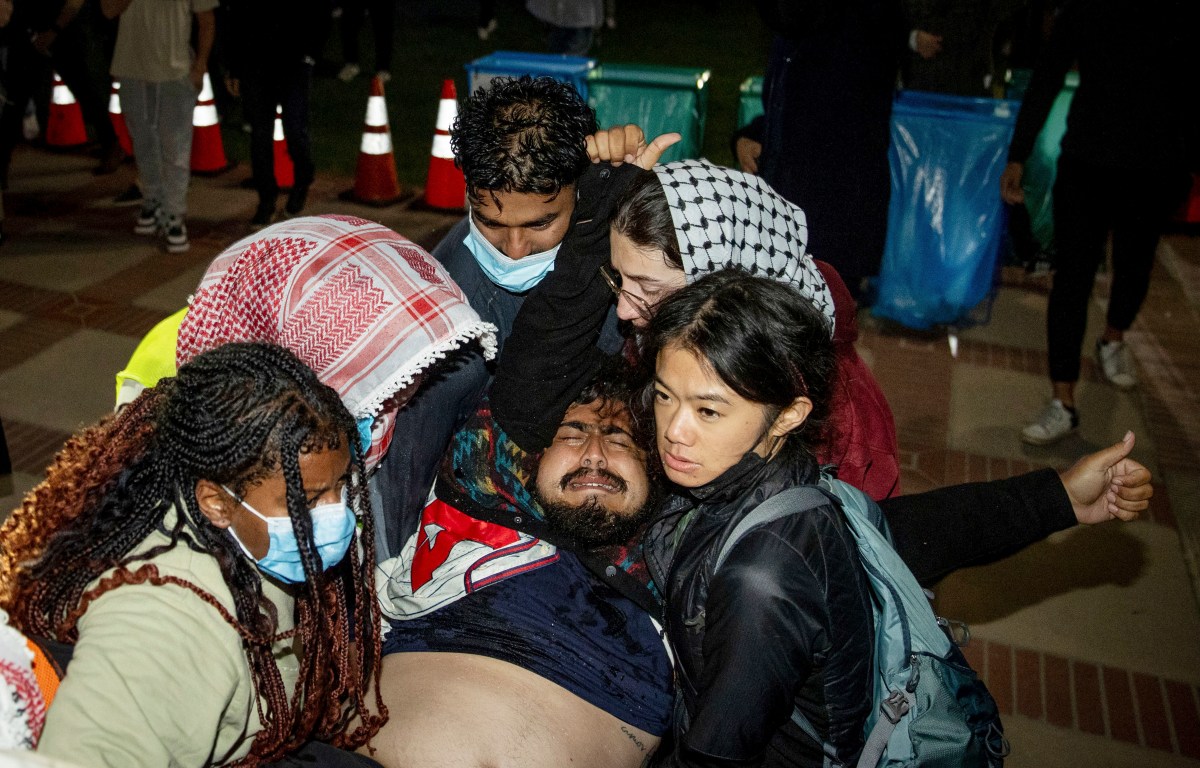OTTAWA – It’s been a long, twisting road to justice for the women killed by a former British Columbia pig farmer.
Whether the road has come to an end or whether it forks off in a new direction is decided Friday with the Supreme Court of Canada’s decision in Robert William Pickton’s appeal.
Pickton was convicted of six counts of second-degree murder in 2007 but is charged with 20 more.
If the top court upholds his conviction, charges for 20 other deaths are likely to be stayed.
And if the court overturns the verdicts on the grounds that Pickton didn’t get a fair trial, he’ll go back to court anew — but on all 26 counts.
The decision comes more than 10 years after a series of stories in a Vancouver newspaper began to link the disappearances of women from the city’s darkest corners.
Information about the dozens of women who had vanished disappeared from the Downtown Eastside was hard to find a decade ago.
The police would often write off their cases, suggesting that because some had drug addictions or worked as prostitutes, they were transient by nature so could have just moved on.
The families stepped up, become more vocal in their demands that something be done, setting up tribute web sites for their daughters or keeping reporters and police on speed dial.
Some of those web sites are now defunct, the families’ telephone numbers out of service.
For some, it has become time to move on, said Maggie de Vries.
Pickton is charged, but has not stood trial, for the death of her sister Sarah.
The other 19 women he is charged with killing are: Diane Rock, Cara Ellis, Andrea Borhaven, Kerry Koski, Wendy Crawford, Debra Lynne Jones, Tiffany Drew, Cynthia Feliks, Angela Jardine, Diana Melnick, Jacqueline McDonell, Heather Bottomley, Jennifer Furminger, Helen Hallmark, Patricia Johnson, Heather Chinnock, Tanya Holyk, Sherry Irving and Inga Hall.
“My hope is that Robert Pickton loses the appeal and that there is no other trial,” she said in a message.
She and some other families would like to see a public inquiry into the case instead.
“As long as Robert Pickton is in prison where he belongs, then we need to make some changes to society so we cannot have these things happening as much in the future,” she said.
Pickton was sentenced to life in prison with no possibility of parole for 25 years for killing Mona Wilson, Sereena Abotsway, Andera Joesbury, Marnie Frey, Brenda Wolfe and Georgina Papin.
When police started connecting their disappearances, it set in motion one of the largest investigations in Canadian history.
It challenged almost everything police knew about major crime investigations and changed the way they handled them in the future.
While Pickton’s farm was being ripped apart in 2002 during the search for evidence, an RCMP chief superintendent from Alberta decided to go have a look.
He returned to his detachment afterwards and realized something needed to be done.
“He said, you know, maybe we ought to kind of have a look at what’s happening in our backyard,” said Doris Stapleton, a spokeswoman for the RCMP in Alberta.
The answer was that police needed to start thinking about missing women differently. Not as transient sex workers but as potential victims.
A year later, Project Kare was launched, an Alberta task force to investigate the deaths of high-risk missing people.
It led to the arrest and subsequent conviction of Thomas Svekla for the murder of Theresa Innes, though he was acquitted for the death of another woman, Rachel Quinney.
Project Kare is still active, as is the original B.C. Missing Women’s Task Force which continues to try to solve the disappearances of all the 68 women they were once trying to link to Pickton.
Some on their list are still alive, while others passed away in unconnected circumstances.
Online social networking has also brought new information on women whose stories seemed reduced to a greasy mug shot.
On Facebook, a group devoted to Diana Melnick was created only last year and displays an impish childhood photo and a high school portrait of a girl with eyes wide with hope.
Melnick was added to Pickton’s list of victims in 2005, friends are only now learning about her death.
“I just learned about what happened to Diana this past summer when I was home in the Okanagan,” wrote one old friend.
“I was so sad to hear of her tragic passing.”
The notoriety of the case has inspired stories and art.
Crime shows like Criminal Minds have had episodes directly using the gruesome story’s themes, while artists have done large-scale portraits of the women or written songs about their lives.
Once the trial is over and the publication bans on evidence lifted, veteran Canadian journalist Stevie Cameron will be publishing a 750-page book about the case.
While the trial was gut-wrenching for families, Cameron said she also watched them grow stronger, more articulate and inspired with each day.
Whether it’s over or not on Friday, the road to justice in the case has forever changed people, she said.
“Whether you were a reporter, a sheriff, a prosecutor, even the defence lawyers, and certainly the family members, I think we were all united in this funny kind of thing that will hold us together forever,” she said.
















